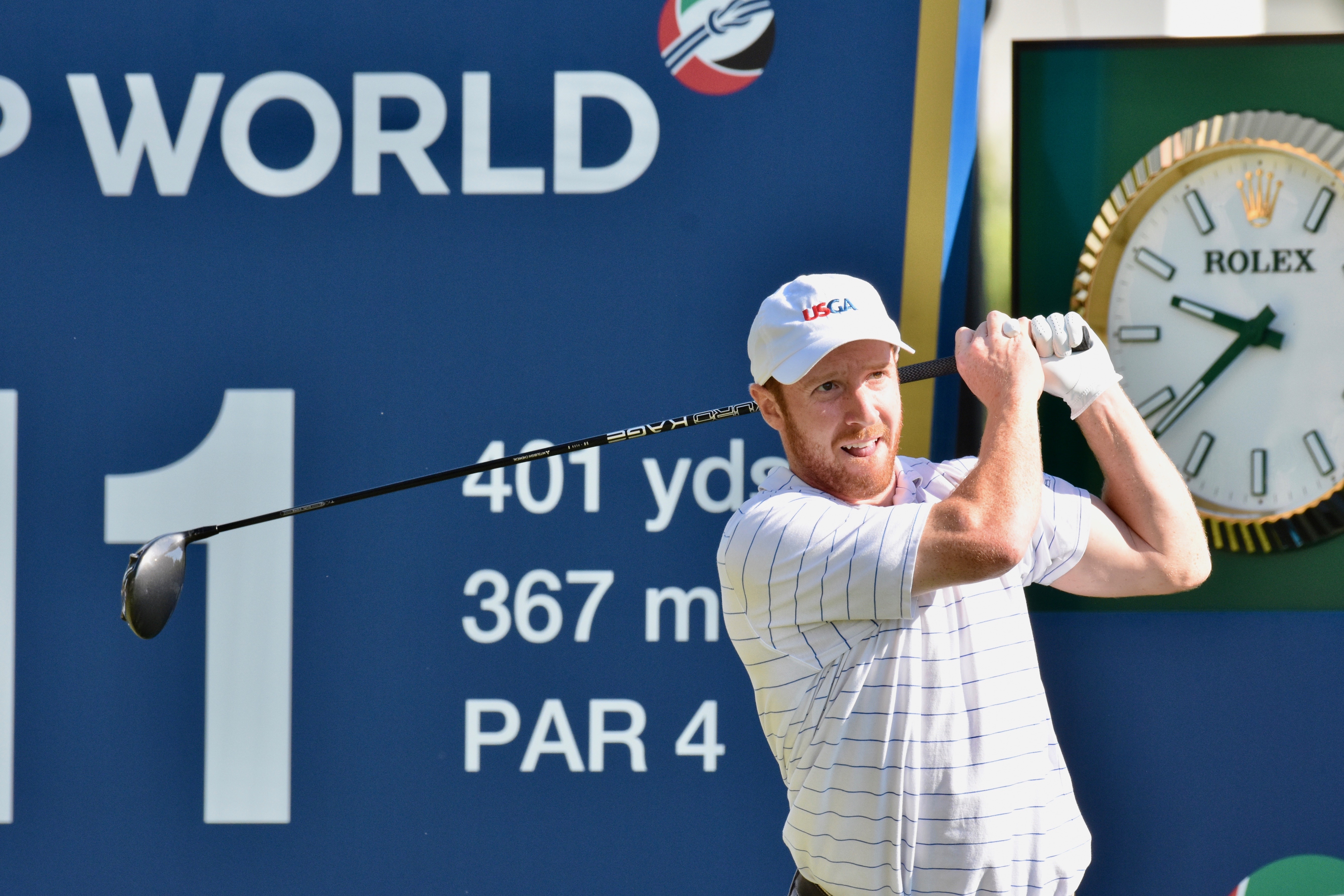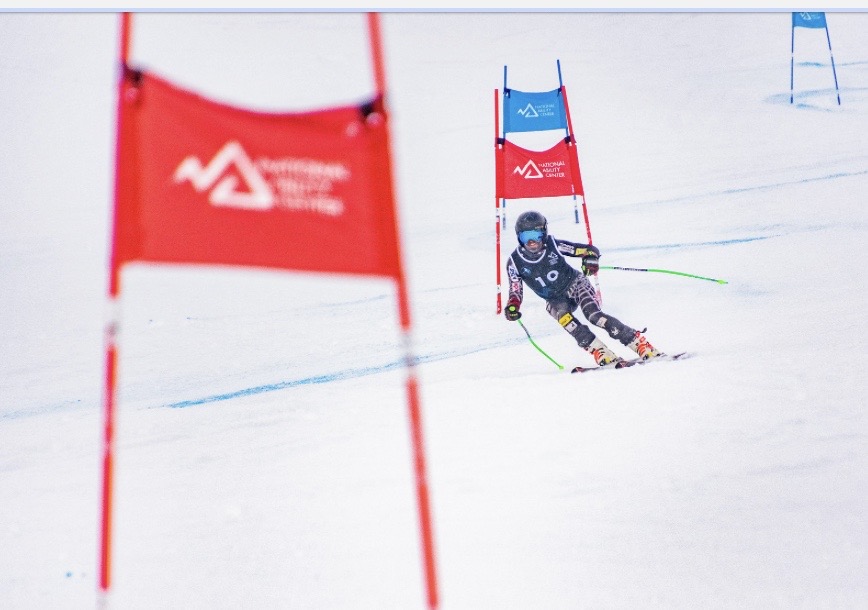I was born with cerebral palsy, a disability that impacts my legs and back. My muscles are stiff and slightly spastic along with other minor issues. In layman’s terms, I walk differently and struggle with reduced muscular function. Nevertheless, recreation has been the foundation of my lifestyle and has been the main driver of my happiness and health since I can remember – it’s built into my DNA. In fact, having an active lifestyle is imperative to my physical condition. While this is true for everybody, my disability has given me a unique insight into the correlation between recreation and optimal muscular function (strength, flexibility, stamina) and overall health on an exaggerated scale. Consider this analogy; if you go two months without cutting your hair, it will get substantially longer over time, but you probably won’t notice any difference day to day. When you finally do cut your hair, you’re able to see the large change immediately.
Athletic functionality works in the same way. For most people, changes happen gradually, but after time they can become considerable. For me, the changes are significant in a short period of time, so I am able to see the results more clearly than most. For example, if I take a week off from all physical activity, my muscles become extremely tight and I have a hard time walking. If I were to sit at a desk all day in front of a computer, I would struggle with pain and stiffness returning to any sort of physical activity.

I combat this by living an active lifestyle with an emphasis on outdoor recreation. I work as a PGA golf professional, a job where I am on my feet most of the day teaching and playing golf. In the winters, I live in Park City, Utah and train with leading adaptive recreation provider National Ability Center’s high performance alpine ski team. In both golf and skiing, I have set competitive goals that drive my training as an incentive to improve, and thus pushing me to train harder, smarter, and longer in each sport. Most importantly, these sports and recreation opportunities help me thrive with my disability.
Finding your own recreational activities to do consistently is imperative to your long-term health. Don’t get me wrong, transitioning from a non-active lifestyle to an active lifestyle is difficult. However, once you make that commitment, continuing a life rooted in mindful movement is relatively easy and steadily rewarding once you have already broken the initial barrier.
Here’s what I’ve learned by fueling my life with movement.
Recreation should not feel like work
Finding an activity or group program you truly enjoy is the most important step when establishing a routine and sticking with it. Recreation shouldn’t feel like work. It should naturally bring you joy, boost energy, increase clarity and so much more. Choose activities that you would look forward to participating in on a regular basis. I know I’ve found something I am dedicated to when I start thinking in phrases like “I get to ski today!” instead of “I have to ski today.”
Diversify
Recreational programs should also be diversified. Each activity can only enhance a limited number of movement patterns. Participating in a variety of activities can help you target a much broader spectrum of health benefits. As an athlete with different abilities, I have pursued countless strategies to upgrade my physical condition over the years. No singular activity was ever enough to get the job done. I spend significant time weight training, biking, hiking, touring, alpine skiing, golfing, playing tennis, playing kickball, playing baseball, and more. Each activity demands a unique set of motor skills, power, stamina, mobility, and coordination. None alone are able to cover all the bases, no pun intended. Diversifying also keeps recreation fresh and fun. While you can have a core group of activities that you can gravitate to, the more you can diversify, the better.
Training smart vs. Training hard
Effort is a key component to a successful recreation routine, but if used in the wrong way, it can also be detrimental. Take for instance an athlete who strives to bulk up and increase his/her strength in the gym with a weight training program. Weight training alone has its advantages such as building muscle mass; strengthening around joints to prevent injury; improving posture and more. However, if done so incorrectly can cause decreased flexibility, injury, and wasted mass. As a golf instructor, I have taught lean juniors who can hit the ball 300+ yards and muscular adults who can’t even hit the ball 200 yards. Strength training alone is often misused to create an appearance of athleticism with the absence of functionality. A physical trainer with substantial muscle mass may appear to be a superior athlete, but may not even be able to touch his or her toes. A prime example of wasted effort.

Training smart means improving athletic function without sacrificing mobility, speed, stamina, and coordination. In every major sport, some of the top athletes do not fit the mold of the stereotypical athletic specimen. Look at Steph Curry or Michael Jordan in the NBA, Tom Brady and Patrick Mahomes in the NFL, Cody Bellinger in the MLB, Lionel Messi in FIFA soccer, Ted Ligety in Alpine skiing, Dustin Johnson in the PGA. All arguably the top athletes in their sport, and all have not sacrificed their best attributes to bulk up. Diverse functionality trumps one-dimensional skill. This doesn’t mean that these athletes are not incredibly strong. It means that they combine that strength with outstanding mobility, coordination, stamina, speed, and agility to dominate in their sports. We can learn from these top athletes to help us organize our own recreational programs. Informed movement and exercise that keeps your overall self-care, mind, body and soul, should be a top priority.
Progression leads to happiness and a sustainable active lifestyle
A full and mindful recreational routine can change your life, like it has done for me. Running one mile more than the previous week before; lowering a golf handicap; skiing a black diamond without falling for the first time; hiking a mountain you have not been able to summit before; or any other accomplishment in your preferred activity will heighten your interest. Success is fun – soak it up. Setting meaningful and attainable goals will provide an incentive to improve, increase skill and athleticism, and will lead to a rewarding feeling once those goals are reached. One goal will lead to another more ambitious goal, and so forth. For me, my skiing career started with a goal to be able to ski with my brother and his friends. I wasn’t able to join them because when (not if) I would fall I had trouble pushing myself up. Then once I achieved that goal, I strived to ski a black diamond without falling. Then I set a goal to ski a double black diamond. Then to ski and compete with the National Ability Center’s alpine team. Then to finish an international downhill race. Fast-forward to present day, my plan is to make the U.S. Paralympic Ski Team and compete for a place on the podium. My journey to my grand vision goal all started when the 7-year-old version of myself set a goal to be able to get myself up after falling on skis. And now, recreation isn’t just an occasional thing I do, it’s a way of life for me. Every trip to the gym, hike, bike ride, golf round, tennis match, baseball game, backcountry tour, and run has played a part in my self-care journey.


